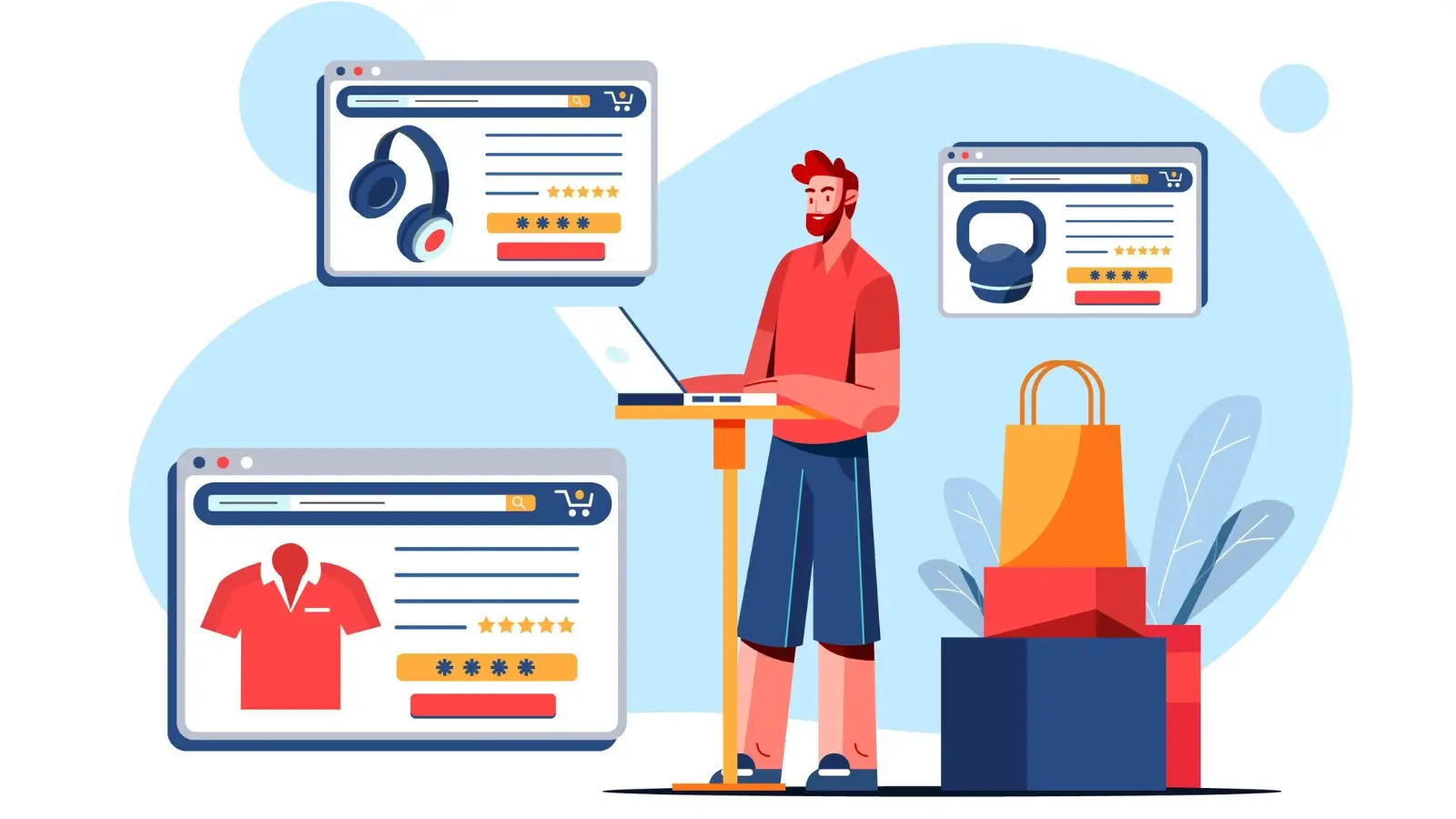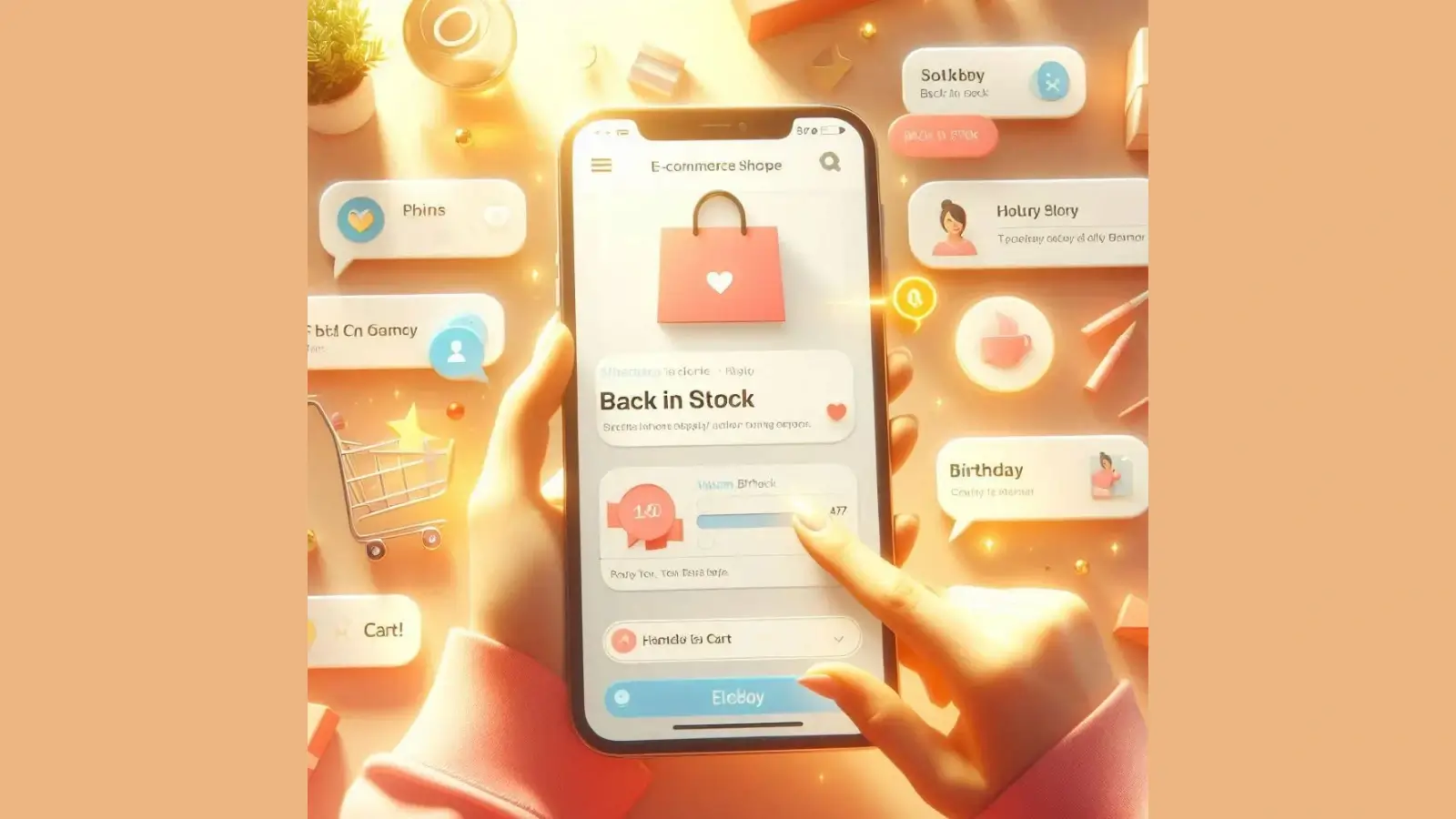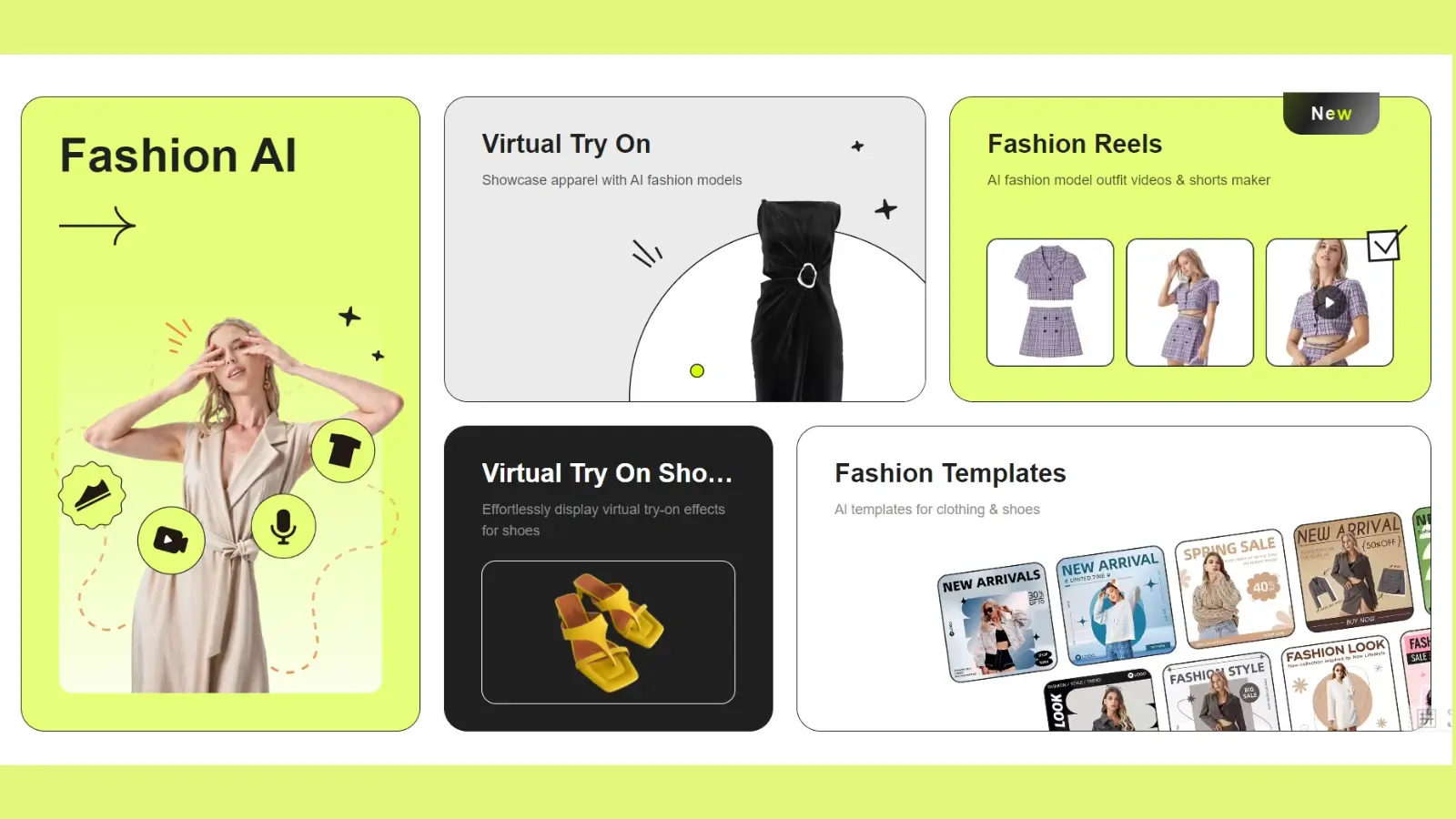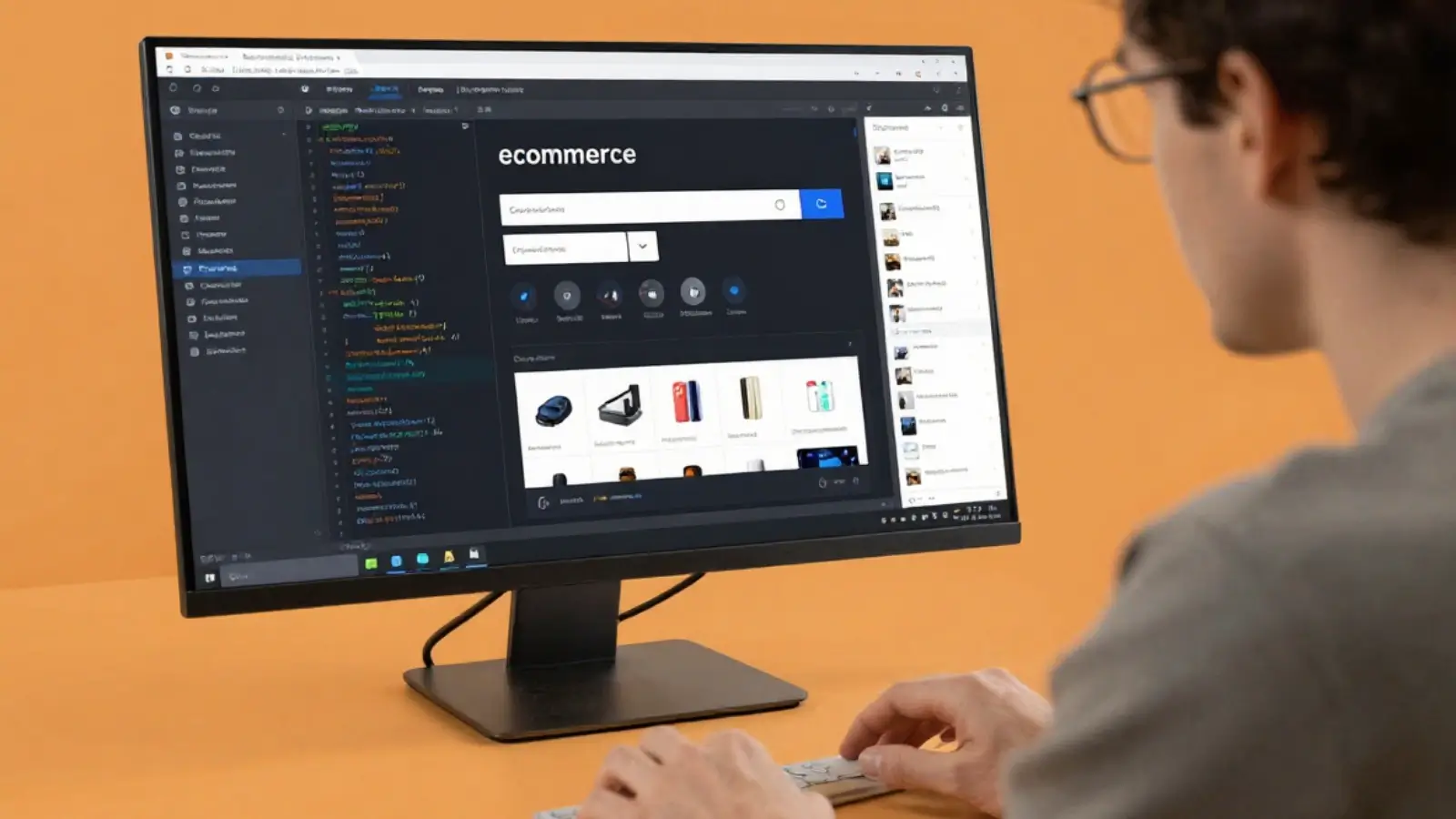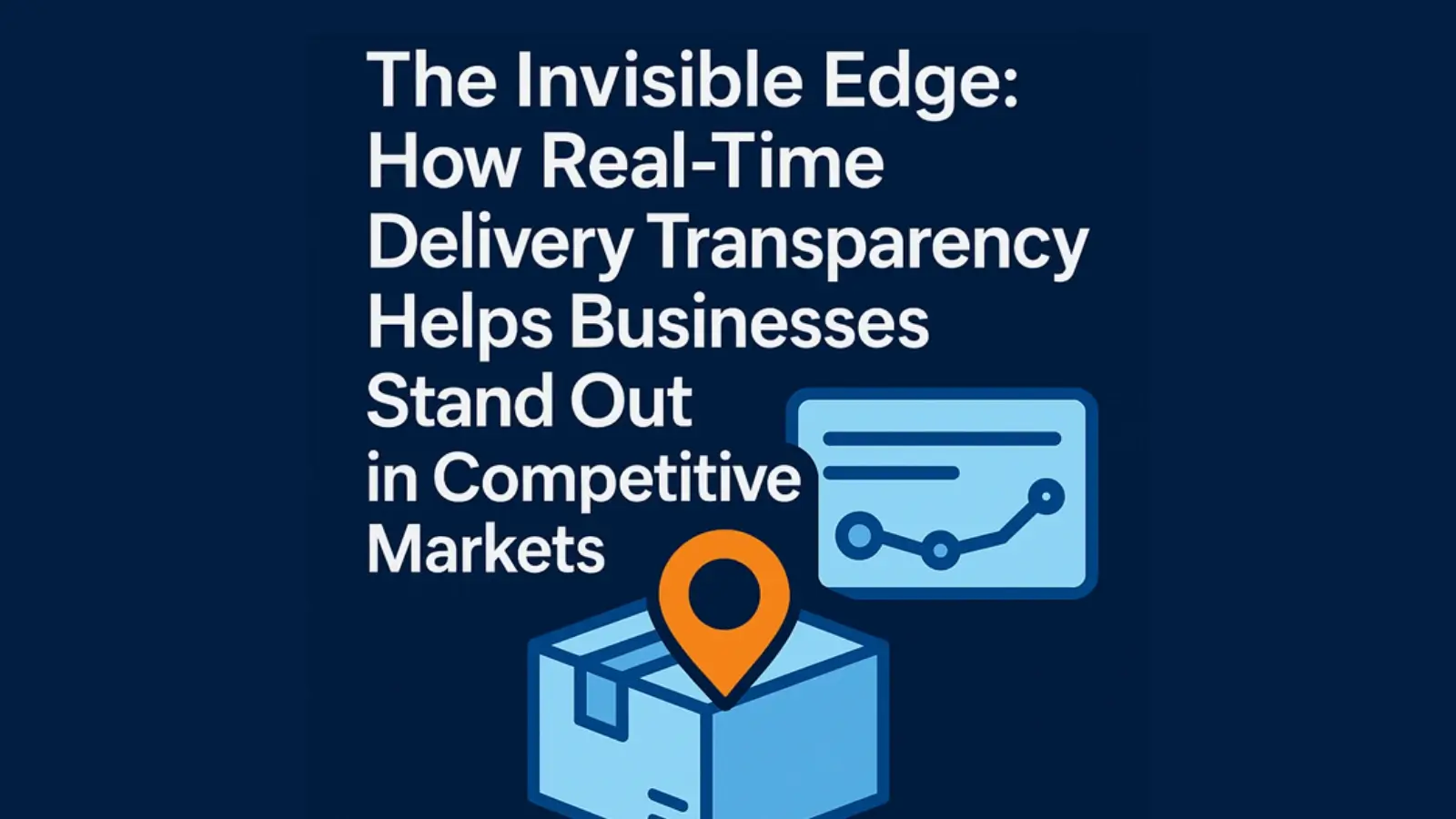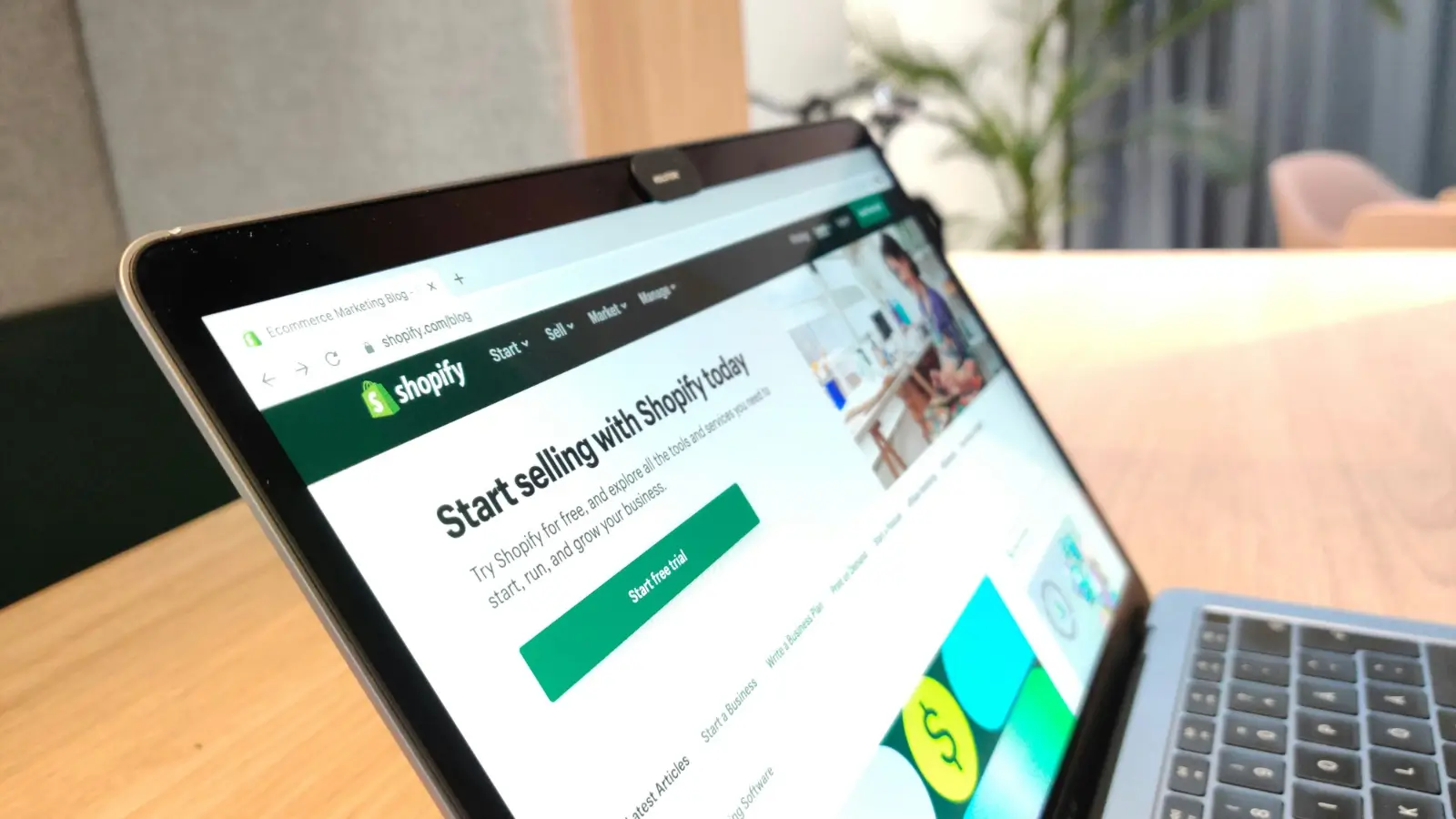Mobile Isn’t Just a Channel—It’s the First Stop
Most shoppers don’t wait to get home and boot up their laptop to browse your store. They’re scrolling through your product pages while waiting in line, lounging on the couch, or riding public transport. For many brands, mobile is now the primary source of traffic—but it often lags behind when it comes to conversions.
It’s not that users aren’t ready to buy. The problem is the experience. A mobile site that feels clunky, slow, or hard to navigate will quietly push customers away—no matter how good your products are. Optimizing for mobile isn’t just about fitting your site into a smaller screen. It’s about reducing friction, building trust, and making shopping feel effortless.
Simplify Everything—Then Simplify Again
Mobile users have limited space, less patience, and a lot more distractions. So the golden rule? Keep it simple.
Menus should be stripped down to essentials. Avoid mega-dropdowns or hidden filters that require too many taps. Keep CTAs (Add to Cart, Buy Now) big, clear, and easy to reach—ideally within the thumb zone.
When it comes to forms, only ask for the information you really need. If someone has to scroll endlessly to enter their address, card details, discount codes, and phone number, they’re more likely to drop off halfway through.
Auto-fill support, third-party payment options, and one-click purchasing all help move things along. Every second saved is a step closer to conversion.
Design for Thumbs, Not Cursors
This might sound obvious, but it’s surprising how many mobile sites still ignore it: thumbs do the tapping. That means tiny links, poorly spaced buttons, or tap targets too close together can quickly frustrate users.
Design layouts that assume people are interacting with one hand. Think large buttons, adequate white space, and sticky headers with core functions (like the shopping cart or search bar) always visible.
And if your site includes swipe-based interactions, make sure they work smoothly across all devices. The last thing you want is a carousel that gets stuck mid-swipe or misfires on a product tap.
Load Speed Is a Dealbreaker
Mobile users are notoriously impatient. If your site takes longer than three seconds to load, there's a good chance they’ll bounce before they even see your products.
Compress your images, remove unnecessary scripts, and consider using lazy loading to prioritize what appears first. Tools like Google PageSpeed Insights can help you pinpoint performance issues, but also take the time to test your site manually. Try browsing it like a customer would—on 4G, in a less-than-ideal environment. If it’s frustrating for you, it’s ten times worse for them.
Personalization That Actually Helps
Mobile shoppers respond well to subtle, helpful personalization. Product recommendations based on browsing history, a recently viewed items carousel, or even geo-specific promotions can make the experience feel tailored without being invasive.
Avoid overloading the screen with pop-ups or aggressive messaging. Instead, nudge the shopper gently. A well-timed message like “Still interested in this?” or “You left something in your cart” goes a lot further than a full-screen takeover.
Clarity Builds Confidence
It’s easy to forget how much smaller everything is on a phone. If your text is too small, product photos aren’t zoomable, or key details are buried under tabs, you’re making shoppers work harder than they should.
Invest in clear product descriptions, mobile-optimized images, and easy access to reviews. And always be transparent about pricing, shipping, and return policies. People shop more confidently when they know exactly what they’re getting into.
One often overlooked trick? Use a website heatmap to analyze how users interact with your mobile layout. You might discover that key buttons aren’t being tapped because they’re in awkward locations—or that shoppers aren’t even scrolling down far enough to see your best-selling items. Tools like this reveal silent friction points you’d otherwise miss.
Checkout Should Feel Effortless
The mobile checkout process is where many users abandon ship. To prevent that, remove all possible points of tension. Offer guest checkout, reduce the number of fields, and integrate mobile wallets like Apple Pay or Google Pay.
A progress bar helps manage expectations, and reassurance messaging around secure payments or easy returns can calm last-minute doubts. The entire process should take just a minute or two—max. Additionally, you should have hired efficient logistics services to ensure your clients receive their products in a timely manner.
Final Thought: Build for How People Actually Shop
Your customers aren’t sitting in perfect lighting with two hands on a keyboard and mouse. They’re squeezing in purchases between appointments, while commuting, or multitasking through their day. The mobile shopping experience needs to meet them where they are—not where your desktop wireframes imagined them to be.
By focusing on simplicity, speed, clarity, and real behavioral insights, you’ll not only reduce friction—you’ll create a shopping experience that feels natural, helpful, and worth coming back to. And in a mobile-first world, that’s what drives sales.










